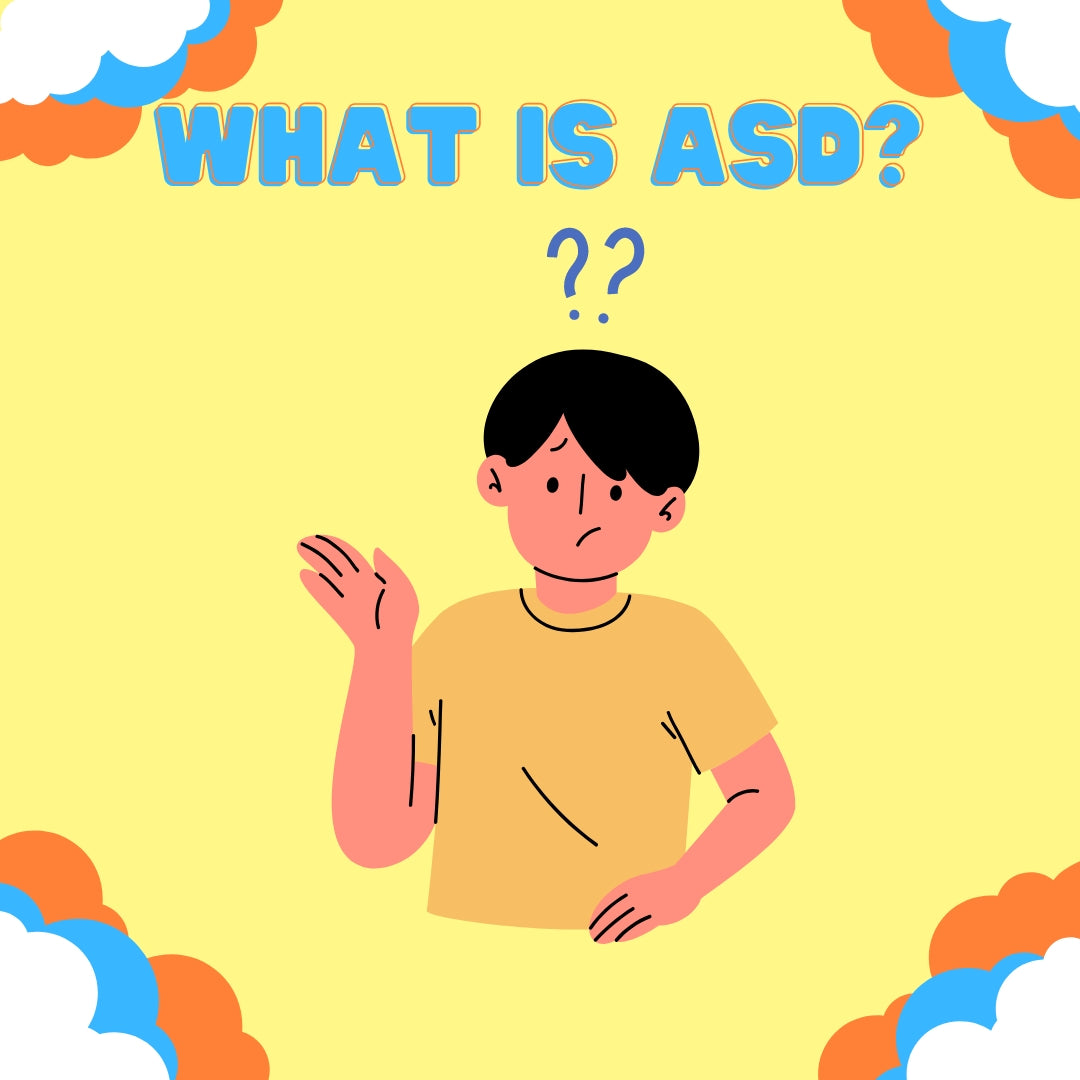Autism Spectrum Disorder (ASD) is a developmental condition resulting from diverse brain differences. ASD's causes are varied and complex, with some individuals showing identifiable genetic differences while others remain undefined. ASD impacts individuals' behavior, communication, interaction, and learning in distinct ways. These variations range from advanced conversational abilities to nonverbal communication, and from high independence to requiring extensive daily support.
ASD generally appears before the age of three and can continue throughout an individual's life, with symptoms potentially diminishing over time. The onset of ASD symptoms can vary, occurring as early as the first year or as late as two years or beyond. Transitioning into adolescence and adulthood may present challenges for individuals with ASD, particularly in social interactions, communication, and understanding societal norms. Often, individuals with ASD may also experience co-occurring conditions such as anxiety, depression, or attention-deficit/hyperactivity disorder, which require additional support and attention from healthcare providers. Instead, they highlight the need for greater understanding, acceptance, and adaptation on the part of society.
Here's a list of potential symptoms and characteristics of Autism Spectrum Disorder (ASD). However, please note that these symptoms can vary widely from person to person and not all individuals with ASD will display all these symptoms.
- Communication difficulties: This can range from being completely nonverbal to having an advanced vocabulary but difficulty with conversational skills.
- Social interaction challenges: Difficulty understanding social norms, maintaining friendships, or relating to others.
- Repetitive behaviors: These can include hand-flapping, rocking, jumping, or repeating certain sounds or phrases.
- Resistance to change: Individuals with ASD may have routines and patterns they like to follow, and disruptions can cause distress.
- Sensory issues: Some individuals with ASD might be over-sensitive or under-sensitive to certain sensory inputs, such as sounds, lights, textures, tastes, or smells.
- Specialized interests: People with ASD may have intense and focused interests in specific subjects or activities.
- Cognitive differences: Some people with ASD may excel in certain areas such as memory or math, while struggling in others.
- Physical mannerisms: They may adopt unusual postures or engage in motor mannerisms such as pacing or toe-walking.
- Difficulty with emotional regulation: This can include difficulty understanding their own or others' emotions, expressing emotions, or handling frustration.
- Co-occurring conditions: Individuals with ASD often experience other conditions such as anxiety, depression, or attention-deficit/hyperactivity disorder.
Remember, each individual with ASD is unique and will not exhibit all these characteristics or may display them to different degrees. People with autism may have different ways of communicating, unique patterns of behavior, specialized interests, and varied sensory experiences. Like all individuals, people with autism have their strengths and challenges.
Now that we've discussed what Autism Spectrum Disorder (ASD) is, it's important to establish how to create a more accepting environment for individuals with ASD, whether they're readers, contributors, or the subjects of our blog posts.
- Use Identity-First Language: This approach integrates the diagnosis or characteristic as an inherent part of the individual's identity. "Autistic person" or "autistic individual" are identity-first terms. Many in the autistic community prefer IFL because they see autism as an integral part of who they are, not a separate or secondary characteristic. They argue that autism affects how they perceive and interact with the world, and as such, it's a core part of their identity. However, it's important to respect individual preferences, as some people prefer person-first Language, such as "person with autism" or "individual with autism".
- Acknowledge the Spectrum: Autism is a spectrum disorder, meaning it affects different individuals in diverse ways. Always consider the diversity and individuality of experiences when discussing ASD.
- Avoid Stereotypes: Just as with any group of individuals, it is wrong to stereotype those on the autism spectrum. Don't make assumptions about abilities, behaviors, or interests based on their ASD diagnosis.
- Promote Understanding and Empathy: Use your platform to educate your readers about ASD, dispel myths, and foster empathy. Sharing personal stories can help to humanize and normalize the experiences of those with ASD.
- Include Voices of Those with ASD: Give a platform for individuals with ASD to share their experiences and perspectives. This could be through guest blog posts, interviews, or quotes within articles.
- Accessibility: Ensure your blog is accessible to individuals with ASD who may be visiting your website. This can involve clear navigation, the option for a simpler layout, the ability to adjust font size and colors, and providing alt text for images.
- Content Warnings: If your blog post includes loud audio, flashing images, or discusses topics that could be distressing for some individuals with ASD, consider including content warnings at the beginning.
- Positive Portrayal: Highlight the strengths and abilities of individuals with ASD, not just the challenges they face. This can help reduce stigma and promote a more balanced view of ASD.
- Advocate for Inclusion: Advocate for the inclusion of individuals with ASD in all areas of life, including education, employment, and social settings. Celebrate achievements of individuals with ASD and promote acceptance and understanding among your readership.
Remember, our goal should be to create a community where everyone feels seen, heard, and accepted, regardless of their neurology. Let's embrace neurodiversity and create an accepting and understanding environment for all.
-
-
-
-
Sources:
https://www.cdc.gov/ncbddd/autism/signs.html


